As a leading Custom...
Forming process of metal box packaging products
Metal box forming process
1. Stamping process.
Metal packaging containers, whether they are boxes or cans, are mostly formed by the principle of metal stamping and through the two major processes of separation and plastic deformation. The separation process is a stamping processing method that separates the stamping part and the sheet along the required contour line and obtains a certain cross-sectional quality. The separation process often includes operations such as cutting, blanking, punching, notching, trimming and edge trimming.
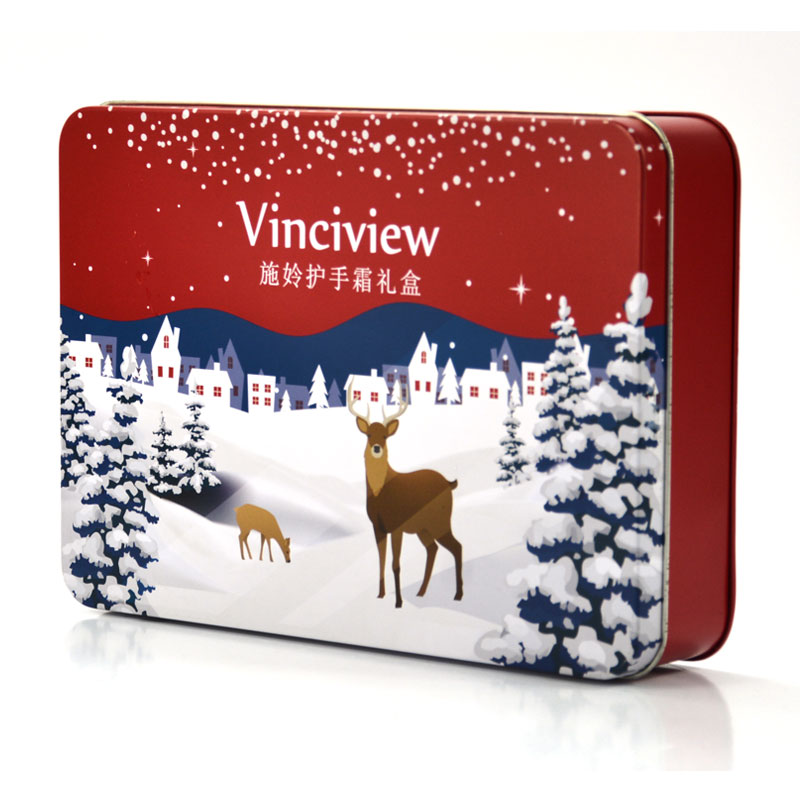
The plastic deformation process is a stamping processing method that makes the stamping blank undergo plastic deformation without damage to obtain the required shape and dimensional accuracy. There are usually three types of bending, stretching and forming. Bending includes operations such as bending, crimping, twisting, bending, rolling, bending, drawing and bending; stretching is mainly deep drawing and thinning and deep drawing; there are many forming methods, including turning holes, flanging, flaring, Nrinkling, forming, crimping, bulging, spinning, shaping, leveling and other operations.
2. Canning process.
The traditional production method of metal cans is: first cut the iron sheet blank into a long square, then roll the blank into a cylinder (ie, cylinder), and then solder the formed longitudinal bonding wire to form a side seal, one end of the cylinder. The head (i.e. the bottom of the can) and the rounded end cap are mechanically flanged and rolled to seal (a double-hem seam) to form the can body; the other end is filled with product and then the can cap is closed. Because the container is composed of three parts: the bottom of the can, the body of the can, and the lid of the can, it is called a three-piece can. For more than 150 years, this can making method has basically not changed much, but the degree of automation and processing accuracy have been greatly improved. In recent years, the welding seam of the side seal has been changed to fusion welding.
In the early 1970s a new principle of can making appeared. According to this principle, the can body and the bottom of the can are a whole, stamped from a circular flat blank, and sealed after being loaded into the product, this is a two-piece can. There are two forming methods for this can: stamping-thinning drawing method (ie punching method) and stamping-re-stamping method (ie deep drawing method). The technologies themselves are not new. The punching method has been used to make cartridge cases as early as the First World War, and can making is different from the use of ultra-thin metal and the high speed of production (the annual output can reach hundreds of millions). (1) Manufacture of three-piece cans. The production process is: Cut the coil into rectangular sheets with a shearing machine; paint and pretend printing; cut into long blanks; roll into a cylinder and weld side seams; repair joints and coatings; Slotted or corrugated; extruded flanges at both ends; rolled back cover; inspected and stacked on pallets.
①Cylinder processing of metal cans.
The key processes are crimping and welding of side seams. There are three sealing methods for side seams: soldering, fusion welding and gluing. The tin solder for a solder pot is generally composed of 98% lead and 2% tin. A cylinder maker that rolls a flat blank into a cylinder is used in pairs with a side seam sealer that performs soldering. In the cylinder making machine, the edges of the slabs are cleaned and bent into a hook shape, which is easy to fix when forming the cylinder. Then the cylinder passes through the side sealer, adds solvent and solder, preheats the sealing area with a gas spray gun, passes through the longitudinal soldering roller, further heats the solder to fill the seam, and then uses a rotating scraper roller to remove the excess that exists mainly in the form of drops. the solder is removed. Fusion welding uses the principle of consumable wire electrodes and adopts resistance welding process. Earlier fusion welding systems used large laps, raising the temperature of the steel to the melting point, and welding at lower roller pressures. The latest welding machine uses a small amount of lap (0.3~0.5mm), and the metal temperature is just below the melting point, but the pressure of the welding roller should be increased to forge the two lap surfaces together.
The weld destroys the original or painted smooth surface of the inner surface, leaving exposed iron, iron oxide and tin on both sides of the weld. In order to prevent product contamination and weld seam erosion, the side seals require coating protection in most cases. Side seals for dry product-only cans may be glued. That is, the longitudinal seam is pasted with nylon tape, which melts and coagulates after the cylinder is formed. The advantage is that the original edge is completely protected, but it can only be used for tin-free steel (TFS), because the melting point of tin is close to the melting temperature of plastic.
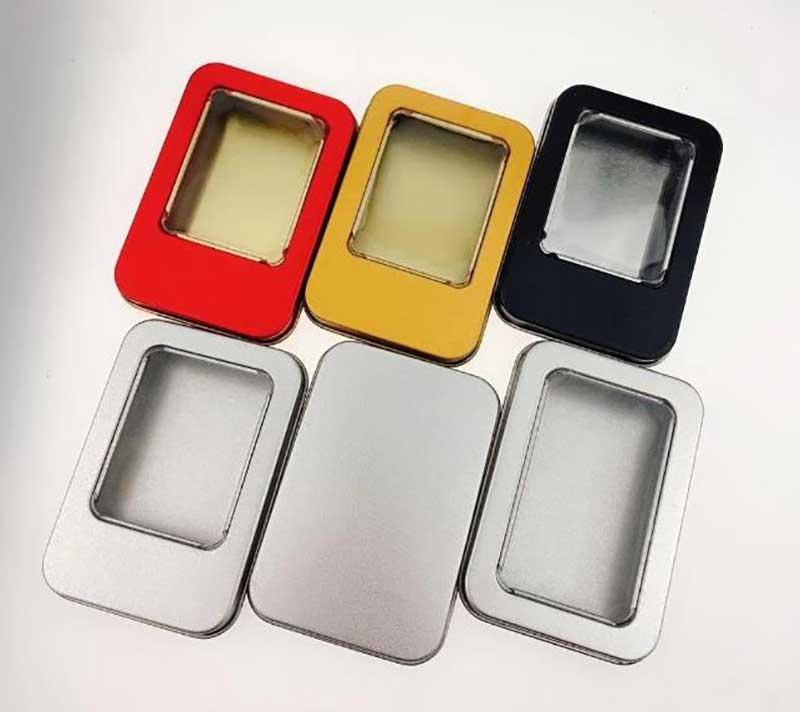
②The post-processing of the round and simplified metal cans.
Flanges must also be machined on both ends of the simplified to allow for the end caps to be installed. For processed food cans, the cans may be subject to external pressure during processing, or may be subject to an internal vacuum during storage. In order to increase the strength of the tank, the simplified surface may also be made of stiffeners. This process is called corrugation. In order to improve production efficiency, the length of the circle of the shallow container is often two to three tank lengths. At this time, the first process is to cut the cylinder. The traditional method is that the slab is cut in the cutting machine (scoring machine) before forming. Make an unbroken cut. Recently, however, with the advent of can trimming shears developed for two-piece can production, it has become possible to use such shears for the cutting of cylinders that are not pre-scored.
Manufacture of two-piece metal cans.
Both forming methods for making two-piece cans employ sheet metal forming. This approach is based on the "fluidity" of metals through rearrangement of their crystal structure under compound stress, and the material should not fracture during this process.
① Metal cans are stamped and formed.
That is to use a punch of a punching machine to punch a flat plate into a cylindrical die, thereby deforming the flat plate into a cylinder. The diameter of the cup formed after initial stamping can be reduced by applying a re-stamping process. In the re-stamping process, a stamping sleeve is used instead of the die, which is installed between the punch and the inner diameter of the punching cup. The equal-area rule determines that the reduction in diameter is accompanied by an increase in height. The re-stamping process can be repeated again, and the diameter of the book is gradually reduced within a certain limit range, and the metal is prevented from breaking.
② Thinning and stretching of metal cans.
The punched cylindrical cup is sleeved on the punch, and the punch is extruded into a die along the axial direction. The gap between the die and the punch is smaller than the thickness of the cup wall, so that the wall thickness will be reduced when the diameter remains unchanged. get thinned. The metal volume of the cylinder after thinning is equal to the metal volume of the cup during the thinning and drawing process, which is also equal to the metal volume of the original slab. In the manufacture of cans, this process is repeated two or three times, with the punch with the cup passing through a series of dies, one stroke at a time. The most convenient way to install a stamped forest on a punch is to perform a re-stamping operation before the first thinning stretch. ③The manufacture of punching cupping. The manufacturing process of punching and cupping is generally as follows: unwinding ordinary strip coil; Xu lubricant; blanking and cup punching; re-stamping; thinning and drawing of cup side wall; bottom forming; . For dry beverage cans, outer surface coating, printing decoration, inner surface coating, open end flange forming and closing are also performed. For food cans, outer surface coating, open end flange forming, barrel corrugation and inner surface coating are performed during the cleaning process. The lid is crimped and folded over the flange of the barrel; the lid or can end is made on a multi-die press with pre-coated sheets, and the can lid is pressed with corrugations (ribs) to bear internal and external pressure. The final step here is hemming to create a double hemmed seam. A packing is placed on the final seal to act as a sealing gasket.





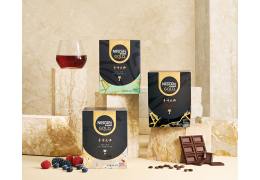
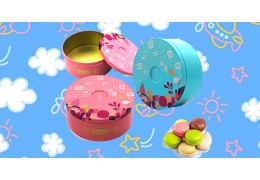
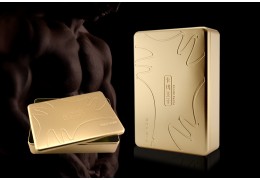

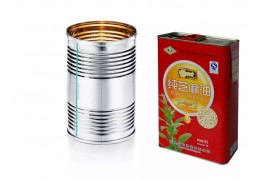

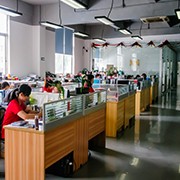

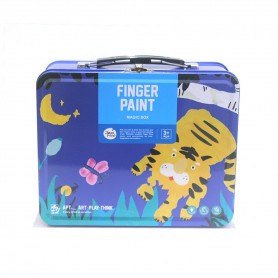

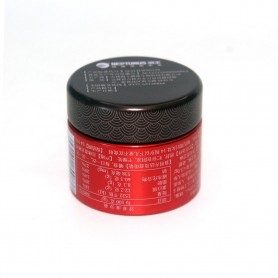
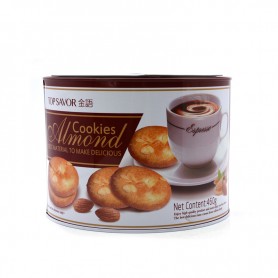

Latest comments